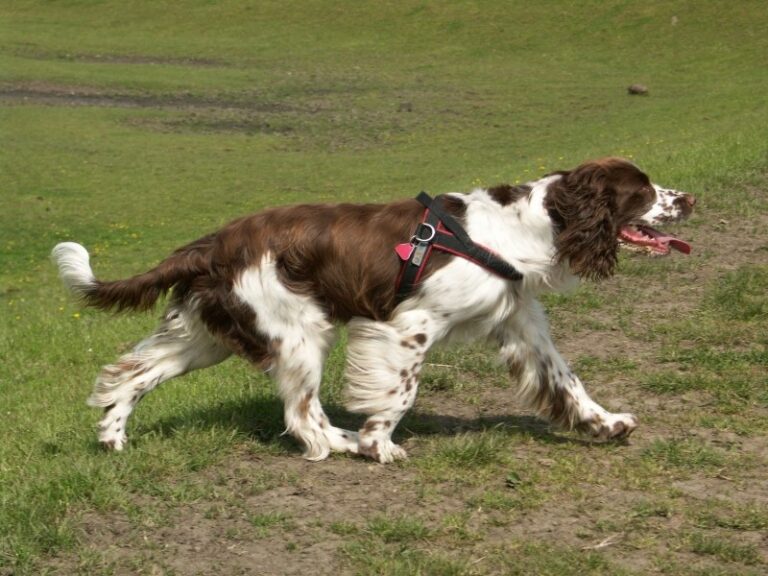Why Your Dog’s New ‘Toy’ Could Be a Health Risk
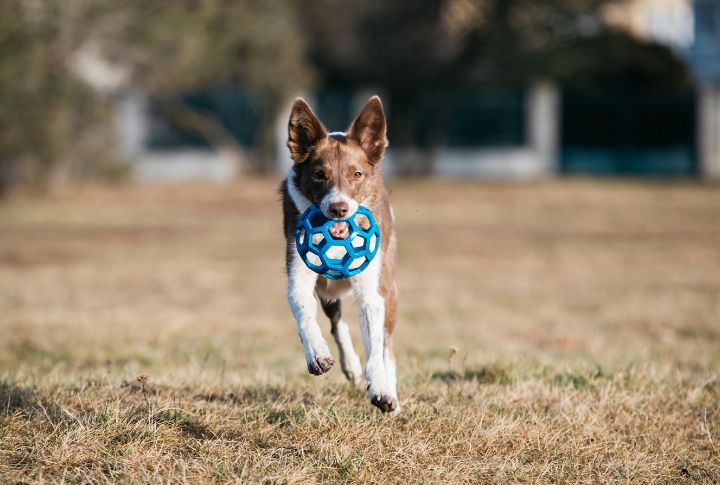
One moment, your dog is playing around the yard; the next, he’s running towards you with something in his mouth. Upon closer inspection, you realize it’s a dead mouse! While your dog may seem thrilled about their catch, this certainly raises questions about the risks they might face. Here are some possible threats and how to deal with them!
Understanding Your Dog’s Hunting Urges
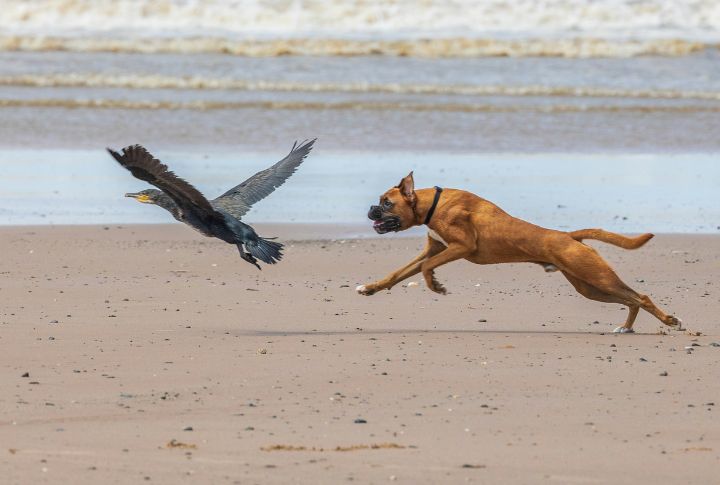
As a dog owner, you should understand that dogs are natural hunters, and these instincts remain strong despite domestication. This means that chasing, catching, and even killing small creatures like mice are natural behaviors. It’s therefore your responsibility to watch out for your pet’s safety.
Leptospirosis Risk
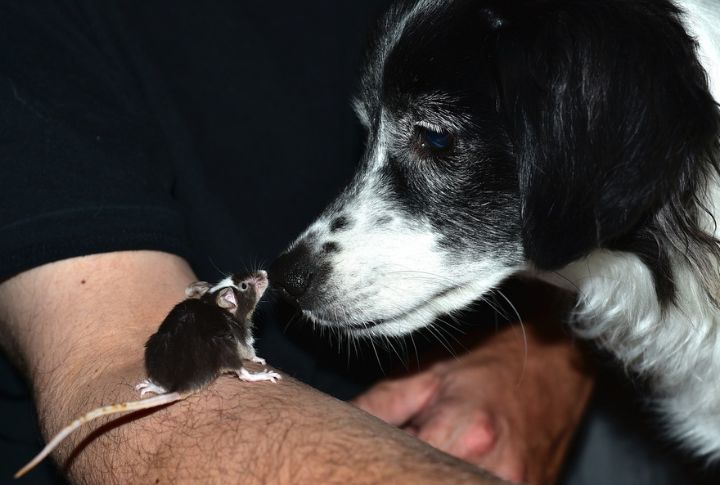
One potential risk is leptospirosis, a bacterial disease that can be transmitted through a mouse’s urine. If your dog ingested part of the mouse, there’s a slight chance he could contract this disease. It might not be that common, as most dogs are vaccinated against it. Still, it’s something to keep in mind.
Parasites

Another concern is parasites, like roundworms or tapeworms. If your dog eats a mouse infected with these parasites, they could be transmitted to your dog. Roundworms can cause digestive issues, while tapeworms might lead to weight loss and other problems. However, these are generally treatable with prescribed medication.
Gastrointestinal Distress

This is another common medical condition among dogs that ingest mice. After killing a mouse, if your dog starts vomiting, has diarrhea, lethargy, abdominal pain, fever, or seems unusually tired, it could be a sign of gastrointestinal distress. He could also lose his appetite, so be ready to call the vet!
Choking Hazard

You might not think of a mouse as a choking hazard, but it can be a threat to dogs. The bones of a mouse are small and brittle, which means they can quickly get stuck in your dog’s throat. This can lead to choking, suffocation, or even death.
Zoonotic Diseases

Mice can carry zoonotic diseases that are transmissible between animals and humans. One such disease is Hantavirus, which can spread through contact with infected mice. If that eaten mouse contains Hantavirus, your pooch could fall sick, with the virus spreading to you or your family.
Get Rid Of Remains
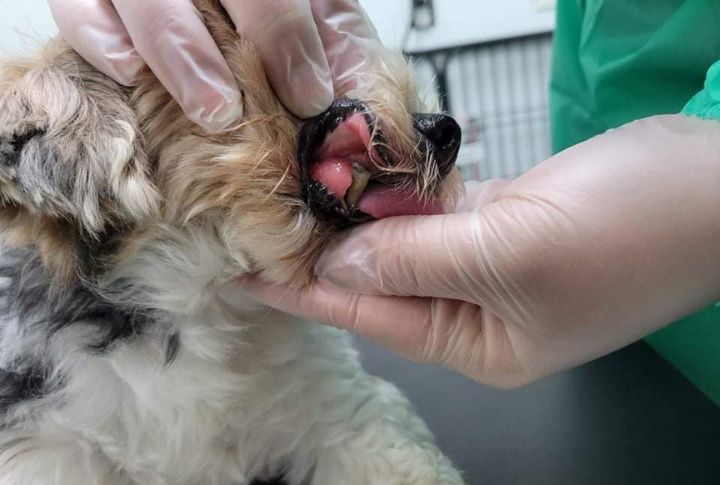
Once you’ve processed what’s happened, it’s time to take some practical steps. The first thing you should do is remove any remains of the mouse to prevent further contact. If your dog has yet to swallow the mouse, gently encourage them to drop it using a treat or a command.
Administer First Aid
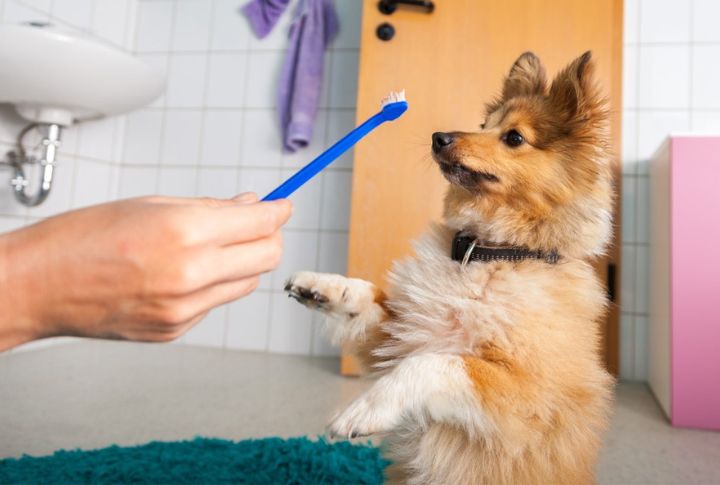
Suppose your dog has chewed or ingested the mouse, rinse its mouth with water. Keep its head down to prevent water aspiration while you use a hose or a sprayer to gently flush out any remaining bacteria or debris. You could also induce vomit if the vet approves.
Contact Your Vet
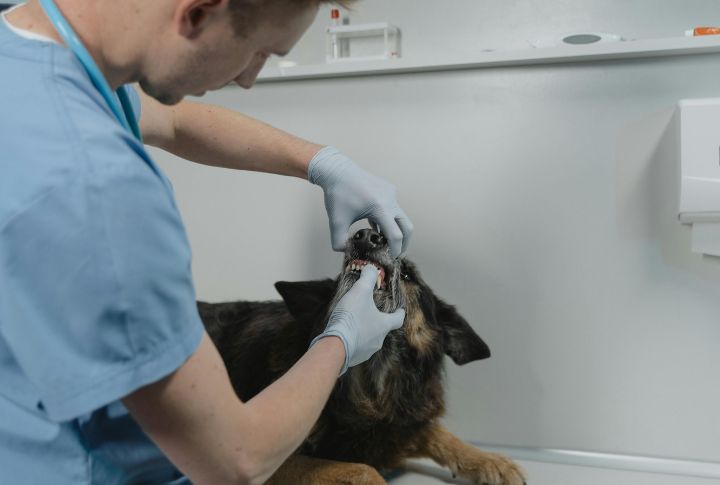
Even if your dog seems perfectly fine, contact your vet for advice on what symptoms to watch out for and whether any immediate treatment is necessary. They may also suggest a check-up in case your dog isn’t vaccinated against leptospirosis or if you need clarification on his parasite control.
Clean Up After Your Dog

Remember to clean up the area where the incident occurred. Mice can carry bacteria and parasites that might linger in the environment, so it’s a good idea to disinfect the spot where the mouse was found. This can help prevent any possible spread of germs to your dog.
Check Out For Poison Ingestion

Another thing to consider is whether the mouse could have ingested poison. Call your vet immediately if you suspect the mouse might have been poisoned before your dog got to it. Rodenticides can be extremely dangerous, causing your dog’s blood to stop clotting!
Train Your Dog
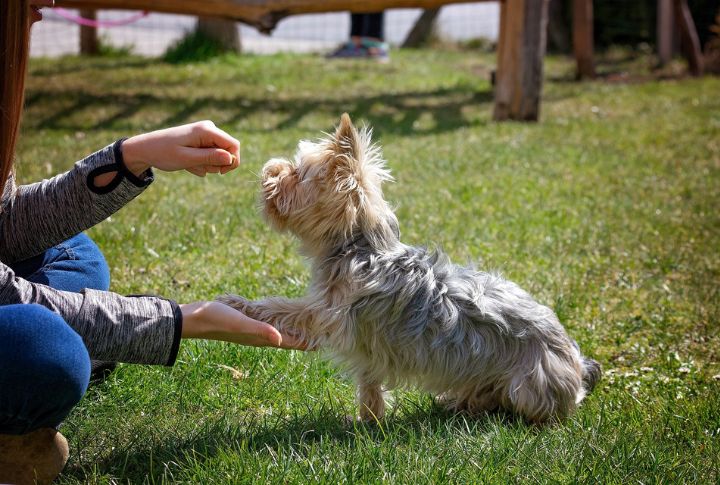
If this isn’t the first time your dog has killed a mouse, you might consider some training techniques to curb this behavior. Teaching your dog to respond to instructions like “leave it” or “drop it” can prevent it from engaging with mice or other small animals in the future.
Administer Positive Reinforcement
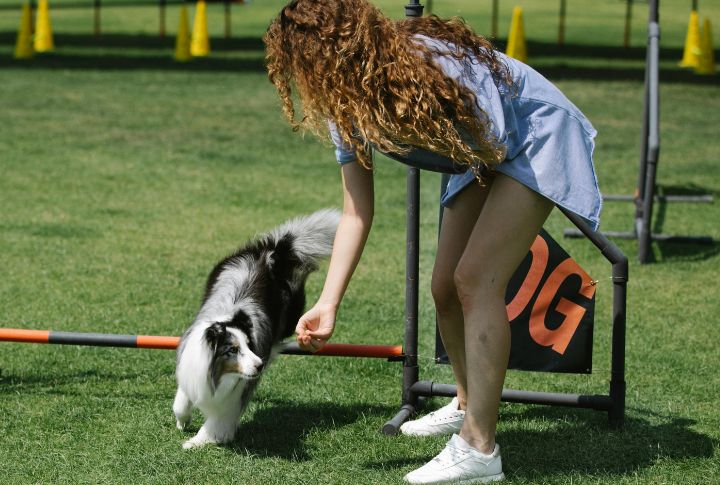
Positive reinforcement is significant. Compensate your dog when he listens to your commands and avoids such prey. Over time, this will help reduce his interest in chasing and killing mice, although it’s important to remember that instinct can be brutal to override completely.
Make Your Home Less Attractive To Mice

Watching your dog every second he’s outside is hard. But how do you prevent this from happening? Ensure your home and yard are as mouse-free as possible. Seal any gaps or holes where mice might get in. Keeping food securely stored is also advisable, so that you’re not attracting any mice.
Use Natural Deterrents

You can also use natural methods to prevent mice from entering your home. For example, peppermint oil is a known mouse-repellent. Mice dislike the strong smell. You can also use ultrasonic repellents in areas where you’ve noticed mouse activity to keep them away, while ensuring your dog is risk-free!


